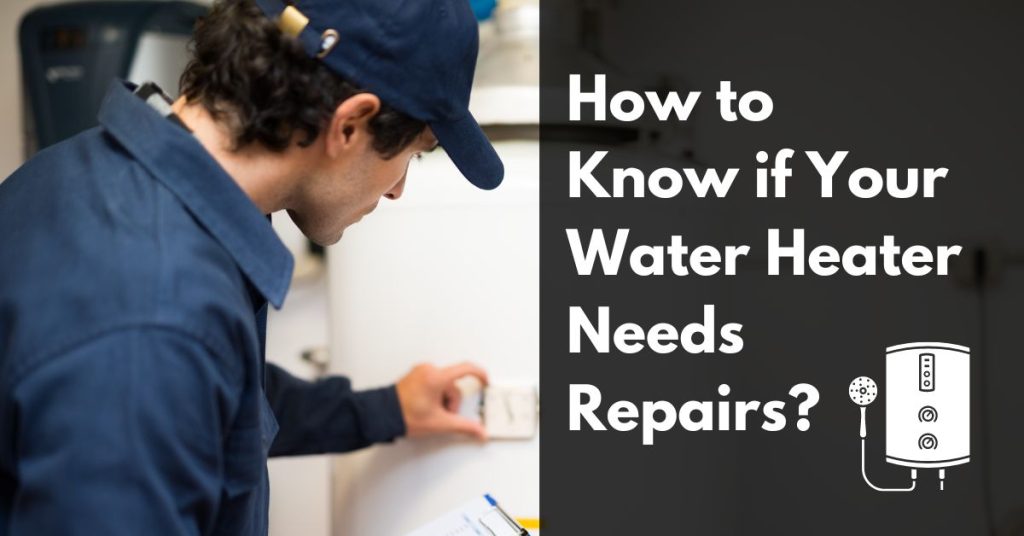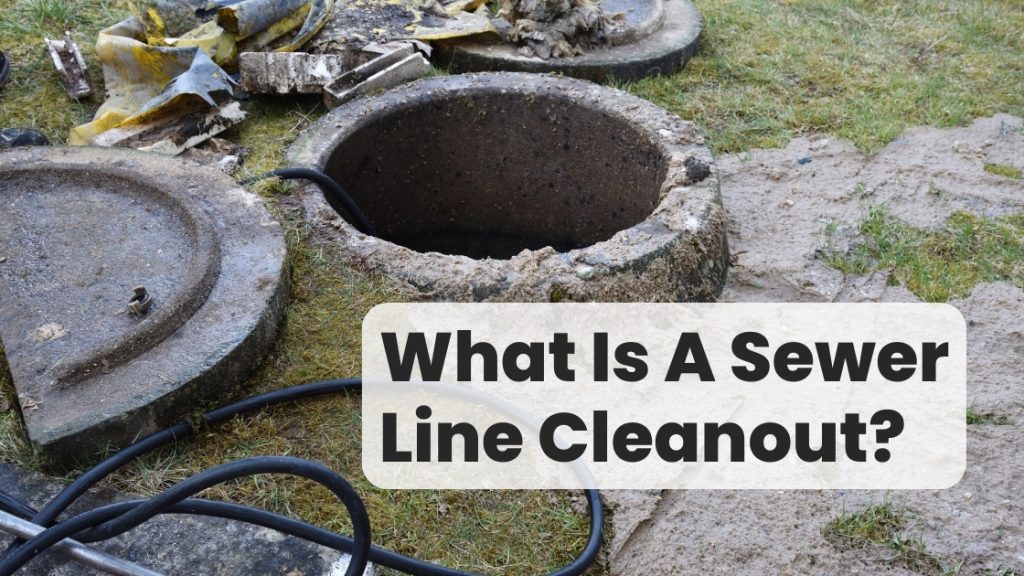Currently Empty: $0.00
How to Fix a Leaky Faucet?
A leaky faucet is one of those annoying household issues that many of us have experienced at some point. It not only disrupts the tranquility of your home with that constant, rhythmic drip, but it can also lead to a significant waste of water and, consequently, higher water bills. The good news is that fixing a leaky faucet is a DIY task that doesn’t require extensive plumbing knowledge. In this comprehensive guide, we’ll walk you through the process of fixing a leaky faucet, offering practical advice, and valuable tips to get the job done efficiently.
Contents
Understanding the Types of Faucet Leaks
Before you embark on your journey to fix a leaky faucet, it’s crucial to understand the types of faucet leaks you might encounter. The two most common types are:
-
Dripping Faucet:
A dripping faucet is perhaps the most familiar type of faucet leak. It’s characterized by a constant drip from the faucet’s spout. This type of leak is often caused by a wornout or damaged washer, which fails to create a proper seal when the faucet is turned off.
-
Leak from the Base:
A leak from the base of the faucet is less common but equally troublesome. This type of leak occurs where the faucet meets the sink or countertop. It can be caused by loose connections, a faulty Oring, or a deteriorated gasket that can no longer prevent water from seeping beneath the faucet.
What are Tools and Materials You’ll Need
Before you roll up your sleeves and dive into the repair, make sure you have the necessary tools and materials on hand. Having everything ready in advance will save you time and make the process more straightforward. Here’s what you’ll need:
-
Adjustable wrench:
This versatile tool will help you loosen and tighten connections without causing damage.
-
Screwdrivers:
A set of flathead and Phillipshead screwdrivers will come in handy for disassembling the faucet.
-
Replacement parts:
Depending on the type of faucet you have, you may need replacement parts such as washers, Orings, or gaskets.
-
Plumber’s tape:
Plumber’s tape, also known as Teflon tape, is essential for creating a watertight seal on threaded connections.
-
Towels or rags:
These will help keep your work area dry and clean while also protecting your countertop or sink.
-
Bucket:
A bucket can be used to catch water or to hold small parts, ensuring you don’t lose anything during the repair.
Steps for Repairing a Dripping Faucet
Step 1: Turn Off the Water Supply
Begin by locating the shutoff valve under the sink that supplies water to the faucet. Turn the valve clockwise to shut off the water supply. If you can’t find a dedicated shutoff valve for the faucet, you may need to turn off the main water supply to your home.
Step 2: Disassemble the Faucet
To access the faucet’s internal components, you’ll need to remove the handle. This typically involves locating a screw or a decorative cap on the handle and carefully removing it. Once the handle is off, you’ll have access to the faucet’s internal mechanism.
Step 3: Replace Faulty Parts
Carefully examine the internal components for any signs of damage or wear. In most cases, a dripping faucet is caused by a wornout washer. Remove the old washer and replace it with a new one. If the faucet is old, it’s a good idea to replace all the internal components to ensure longlasting results.
Step 4: Reassemble the Faucet
Reassemble the faucet by reversing the steps you took to disassemble it. Make sure all components are placed in the correct order. Be gentle when reattaching the handle, ensuring you don’t overtighten any screws or connections.
Step 5: Test the Faucet
With the faucet reassembled, it’s time to test it. Turn the water supply back on and observe the faucet for any leaks. If the dripping has stopped, congratulations, you’ve successfully fixed the issue.
Steps for Fixing a Leak from the Base
Step 1: Turn Off the Water Supply
As with the dripping faucet, the first step in fixing a leak from the base is to turn off the water supply. Locate the shutoff valve under the sink or turn off the main water supply.
Step 2: Tighten Connections
Examine the connections at the base of the faucet. Use an adjustable wrench to tighten any loose nuts, bolts, or connections. Be careful not to overtighten, as this could damage the faucet or the sink.
Step 3: Replace ORing or Gasket
If tightening the connections doesn’t resolve the issue, you may need to replace a faulty Oring or gasket. Disassemble the faucet as you did with the dripping faucet, and carefully remove the old, damaged component. Replace it with a new Oring or gasket, ensuring it fits snugly to prevent any water from seeping beneath the faucet.
Step 4: Reassemble the Faucet
Reassemble the faucet, making sure all components are in the correct order and properly fitted. The goal is to create a secure seal that prevents any water from escaping from the base.
Step 5: Test the Faucet
Once the faucet is reassembled, turn the water supply back on and observe the base for any leaks. If you’ve successfully fixed the leak from the base, you can pat yourself on the back for a job well done.
Testing and Ensuring the Leak Is Fixed
After completing the repair, it’s essential to thoroughly test the faucet to ensure that the leak has been fixed. Turn the water supply back on and let the faucet run for a few minutes. Keep a close eye on it to ensure that there are no signs of leaks or drips. Testing the faucet thoroughly is vital to confirm the effectiveness of your repair.
Conclusion
Fixing a leaky faucet is a DIY task that can save you money and prevent water wastage. However, if you encounter challenges during the repair or if the issue is more complex, don’t hesitate to contact a professional plumber. For plumbing repair, trust the experts Plumbing Repair in Napa they can handle any plumbing issue whether big or small.














